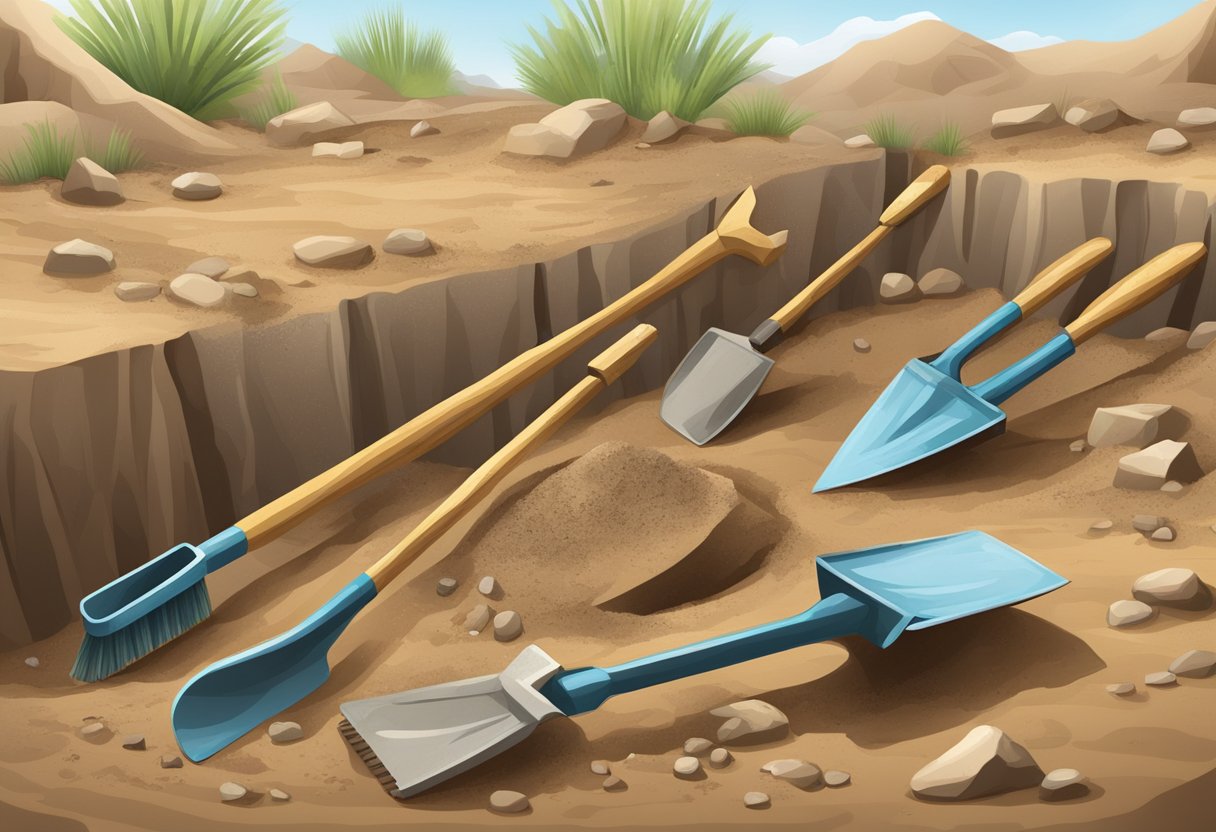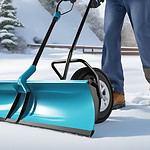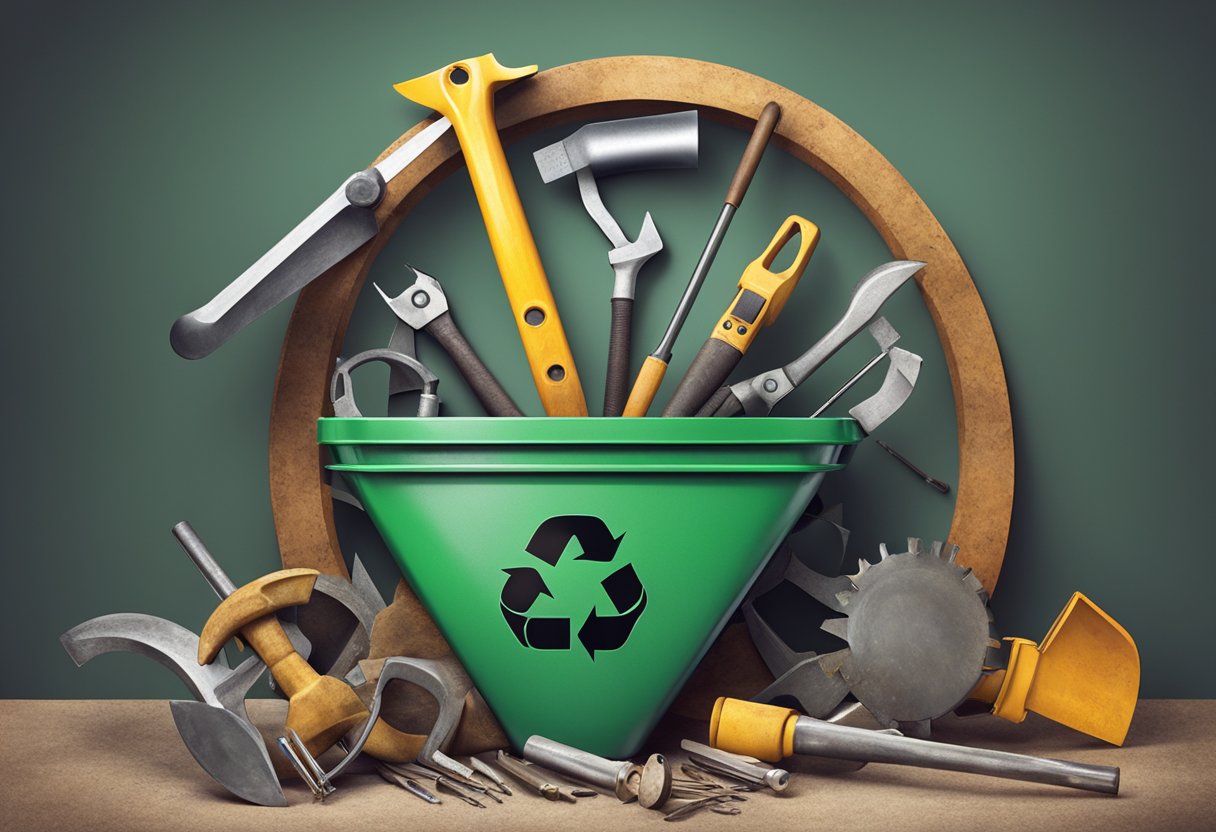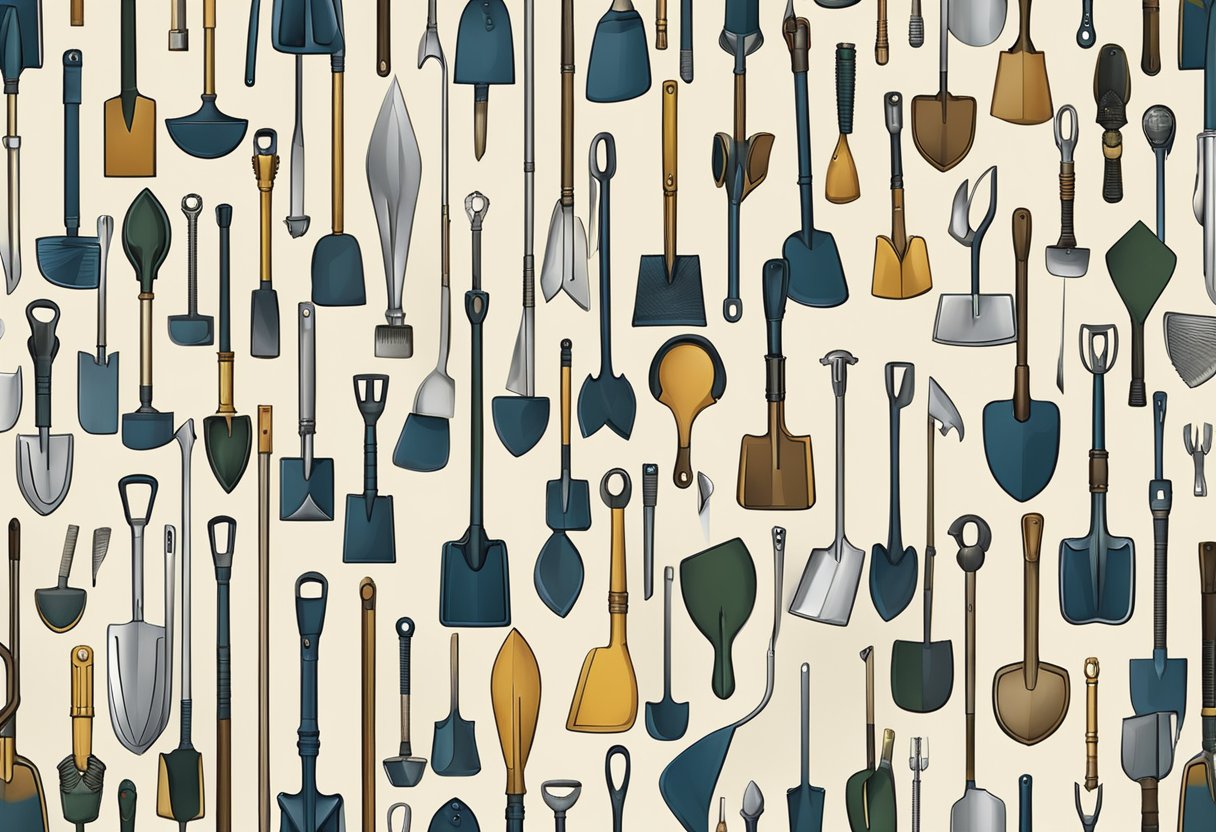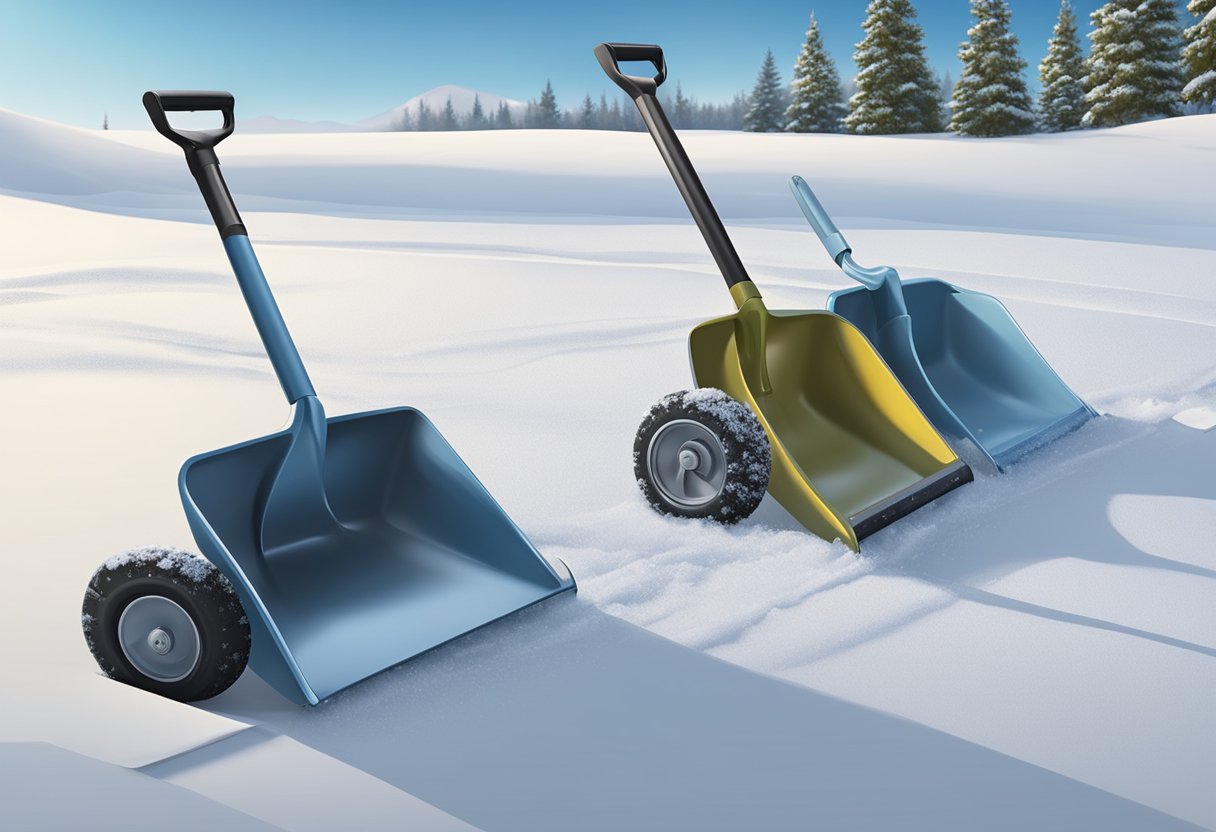Shovels are fundamental tools in archaeology, providing the means to uncover past civilizations’ remnants carefully. These simple yet essential instruments have a storied backdrop, evolving alongside the development of archaeological practices. Shovels in archaeology have been used to excavate sites, establish chronological sequences, and understand the spatial distribution of artifacts and features.
Throughout history, different shovels in archaeology have been employed to suit various needs. From the broad, flat blades of the spades for cutting through rugged terrain to the pointed tips of trowels for delicate excavation work, selecting the correct shovel is critical to the success of an archaeological dig. The development and refinement of digging techniques have also greatly influenced the design and utilization of shovels in archaeology.
The maintenance and preservation of shovels are vital for the longevity of these tools and ensure their effectiveness in the field. As archaeology has advanced, there has been a consistent drive toward innovation in tools, including shovels. These advancements enable archaeologists to conduct research with greater precision and care, safeguarding the integrity of the sites investigated.
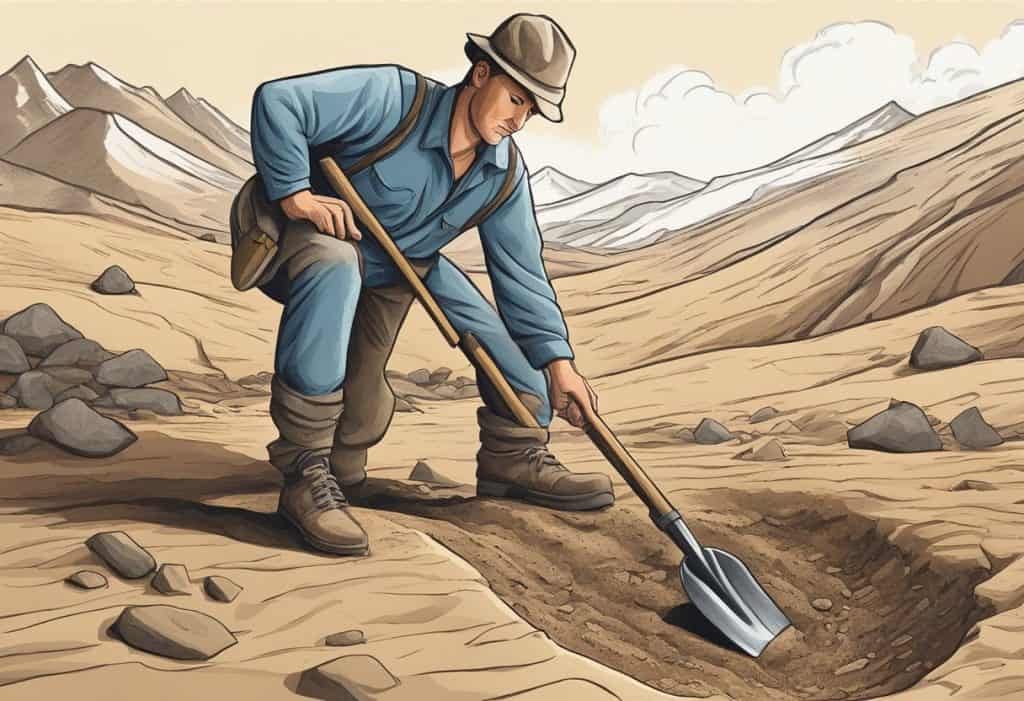
Table of Contents
History of Shovels in Archaeology
In archaeology, shovels have been an essential tool for excavation since the discipline’s inception. We have evidence that as early as the 18th century, antiquarians used shovels in archaeology to move the earth in search of historical relics. During the 19th century, shovels became a standard part of the archaeologist’s toolkit with the formalization of archaeological methods.
During the early 20th century, a shift towards a more systematic approach to excavation began. Shovels in archaeology were adapted to become more delicate and precise, reflecting the nuanced techniques developing within the field. They were often used with tools like trowels and brushes to ensure careful excavation.
Here’s a brief timeline showcasing the evolution of shovels in archaeology:
- 18th Century: Early antiquarians used rudimentary shovels for excavation.
- 19th Century: Formal archaeological methods promote standard shovels.
- Early 20th Century: Shovels evolve for precision, complemented by finer tools.
- Mid to Late 20th Century: Introducing stratigraphic excavation requires careful use of shovels for layer dissection.
In our modern toolkit, we have a range of shovels tailored to different tasks:
- Spades: For cutting into soil and turf.
- Scoop Shovels: For moving loose dirt.
- Trenching Tools: For creating small trenches.
Technological advancements in materials have also led to lighter and more durable shovels, enhancing the efficiency of field operations. By maintaining proper excavation techniques, we continue to uphold the integrity of our work and contribute valuable insights to our understanding of past civilizations.
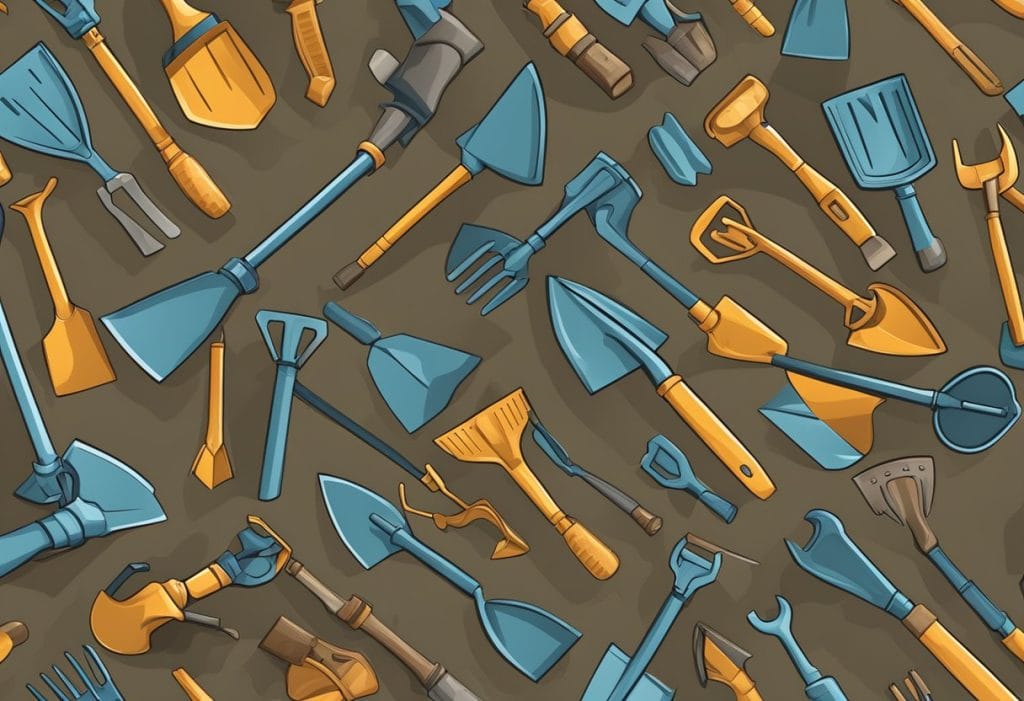
Types of Shovels Used in Archaeological Excavations
Shovels in archaeology are essential for our excavation tasks, enabling us to move soil debris and unearth artifacts with precision and care. Each type serves a specific purpose in the delicate process of archaeology.
Trowels: Trowels, small hand shovels with a pointed and scoop shaped metal blade are essential. This tool is vital for performing fine work, like uncovering and cleaning delicate artifacts or excavating small areas precisely. Trowels come in different sizes and often have a comfortable handle that makes it easier to manipulate them delicately.
Spades: Spades feature flat or slightly concave blades, are usually sharp-edged, and their handles are crafted for effective leverage. Their uses include cutting through tough roots and slicing neatly into the soil for trenching.
Scoop Shovels: Scoop shovels are relied upon to move significant amounts of soil quickly and efficiently. These shovels have two main functions: scooping and transporting loose materials and clearing out excavated earth from a site. Scoop shovels with broad, flat blades are preferred as they allow us to carry as much material as possible with each motion.
Archaeological Digging Techniques
Precise excavation methods are paramount in archaeology to preserve stratigraphy and context. We examine two techniques, vertical and horizontal excavation, each critical for different types of sites and research objectives. The benefits of these techniques are that cherished artifacts and ecofacts are revealed without damage, and historical context is preserved for valuable insights.
We employ stratigraphic excavation to understand the sequence of human activity over time by digging vertical layers or strata. Our technique is a meticulous process that involves several key steps. First, we record every layer we remove and assign it a unique context number. This ensures that we can keep track of each layer and its position within the overall structure.
Next, we meticulously analyze each layer we remove, carefully noting any artifacts or features we encounter. This attention to detail allows us to reconstruct historical timelines with high accuracy and completeness. By combining these two steps, we can comprehensively understand the structure and its evolution over time.
Our method of horizontal excavation enables us to uncover a wide area, such as a settlement, by removing a single layer across a vast expanse. Before starting the excavation process, we map the area and plan the excavation grid. By excavating horizontally, we can reveal any artifacts and structures in place, providing us with valuable insights into the layout and usage of space at a particular moment.
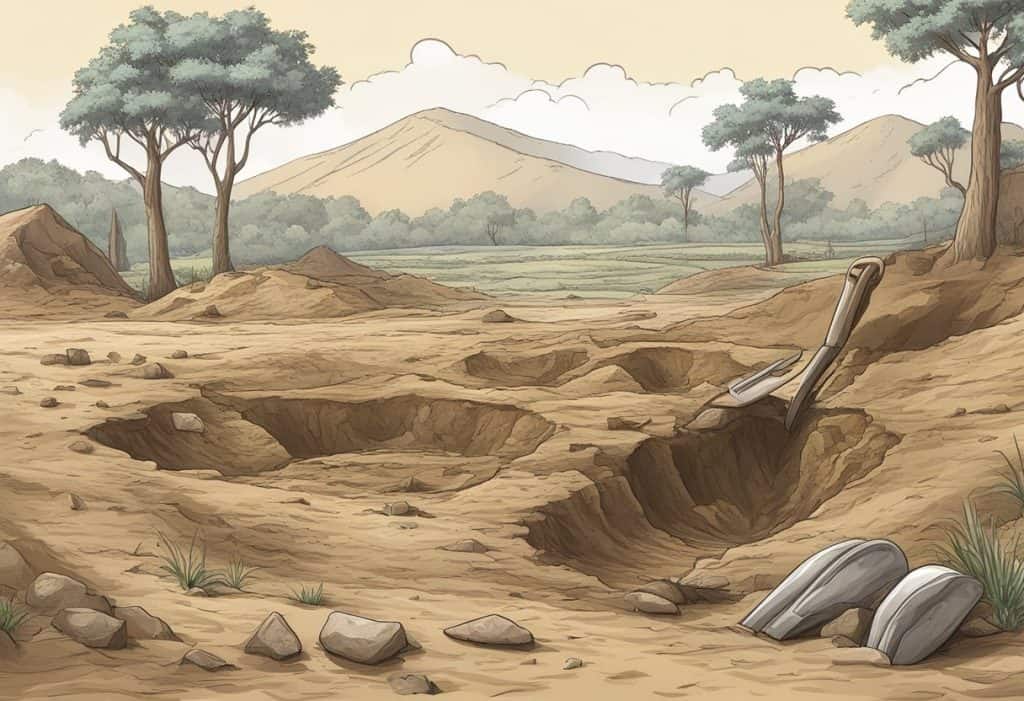
Shovel Testing in Survey Archaeology
A technique called shovel testing is used to find out if there are any archaeological resources in a specific area. This involves a step-by-step process, digging small test pits in strategic locations across the landscape, then soil screening through a mesh screen to recover artifacts. Recovered artifacts are bagged, tagged, and later analyzed to provide data on the site’s chronology and function.
Next, findings are recorded, documenting the exact location, depth, soil stratigraphy, and any changes in the soil or artifacts encountered.
Care and Maintenance of Archaeological Shovels
Shovels in archaeology are essential, and it’s necessary to take proper care of them to ensure their longevity and efficient performance during excavations. Consistent maintenance of these tools includes regularly cleaning, oiling, and sharpening the blades. It guarantees that the blades are sharp enough to cut through the soil quickly, making the excavation process more efficient and effective. Additionally, proper storage of the shovels when not in use also plays a crucial role in their maintenance. By storing them in a dry and secure place, we can prevent them from getting damaged and ensure they are ready for use when needed.
Final Thoughts
Archaeology heavily relies on the use of shovels for excavation and site analysis. The work utilizes various tools crucial for different stages of archaeological investigations. So, proper maintenance and innovation of shovels are vital for effective archaeological research.
Frequently Asked Questions
What various types of excavation tools are essential in archaeological digs?
When working on archaeological digs, we rely on tools such as shovels, trowels, pickaxes, and brushes. Shovels are typically used to remove significant amounts of soil, while finer tools like trowels are employed for more delicate operations near artifacts.
Which four instruments are most crucial for conducting archaeological research?
For the successful conduction of archaeological research, four key instruments include the trowel for detailed excavation, the brush for cleaning artifacts, the sieve for soil sifting, and the measuring tape for accurate site documentation.
Why is precise measurement critical in archaeological fieldwork?
Precise measurement is critical in our fieldwork as it accurately records all artifacts and their spatial relationships. This information is vital for reconstructing the site’s layout and understanding the cultural practices of past societies.

